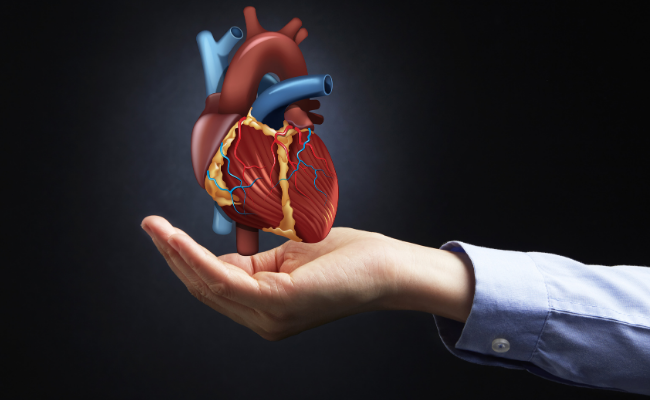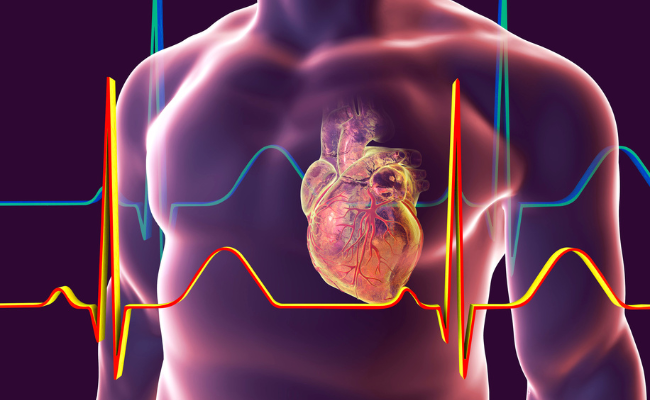Know about Angiography
- January 31, 2024
- No Comments
What is Angiography?
Angiography, a medical imaging method, enables the visualization of blood vessels in diverse body regions, aiding in the diagnosis and treatment of vascular conditions. By introducing a contrast dye into blood vessels, typically through injection, it renders them visible on X-ray or similar imaging techniques. This diagnostic procedure furnishes comprehensive insights into blood vessel structure and function, empowering healthcare practitioners to detect blockages, constrictions, aneurysms, and other irregularities. An angiogram, utilizing X-ray images, specifically targets arteries or veins, facilitating the identification of circulatory issues in areas like the heart, neck, kidneys, legs, or other regions, thereby pinpointing the source of vascular problems.
Why is Angiography Necessary?
Angiography is crucial for diagnosing and treating a range of vascular conditions and diseases. It helps healthcare providers evaluate blood flow, identify blockages or abnormalities, and plan appropriate interventions. Common reasons for angiography include investigating chest pain, assessing blood vessel health in the heart or brain, and diagnosing conditions like atherosclerosis, aneurysms, or vascular malformations.
Additionally, angiography is frequently employed in the planning and guidance of interventional procedures such as angioplasty (to open narrowed arteries) and stent placement (to keep vessels open). It plays a key role in determining the best course of action for patients with cardiovascular issues.
How is Angiography Performed?
Angiography is typically performed in a specialized room called the angiography suite or catheterization lab. The patient lies on an examination table, and a catheter (a thin, flexible tube) is inserted into a blood vessel, usually in the groin or wrist, through a small incision. The contrast dye is then injected through the catheter, and X-ray or other imaging equipment captures real-time images of the blood vessels.
For coronary angiography, which focuses on the blood vessels around the heart, the catheter is usually threaded through the coronary arteries. Similarly, for cerebral angiography, the catheter is guided into the blood vessels of the brain. The entire procedure is monitored by a specialized medical team, including interventional radiologists or cardiologists.
Treatment Solutions Arising from Angiography:
- Angioplasty: If a blockage or narrowing is identified during angiography, angioplasty may be performed. This involves inflating a balloon at the tip of the catheter to widen the narrowed artery, improving blood flow.
- Stent Placement: In some cases, a stent (a small mesh tube) may be inserted at the site of a blockage to keep the artery open. This is often done immediately following angioplasty.
- Embolization: Angiography can be used to guide embolization procedures, where substances are injected to block or reduce blood flow to abnormal vessels, such as in the case of an aneurysm or abnormal bleeding.
- Thrombolysis: If a blood clot is identified, thrombolytic drugs may be administered through the catheter to dissolve the clot and restore normal blood flow.
- Vascular Surgery: In complex cases, angiography helps surgeons plan and guide vascular surgeries to repair or bypass diseased blood vessels.
Benefits of Angiography:
- Accurate Diagnosis: Angiography provides detailed and accurate images of blood vessels, enabling precise diagnosis of vascular conditions that may not be visible with other imaging methods.
- Guidance for Treatment: The real-time images obtained during angiography guide healthcare professionals in making informed decisions about treatment options, ensuring the most appropriate interventions.
- Minimally Invasive Interventions: Angiography allows for minimally invasive procedures like angioplasty and stent placement, reducing the need for open surgery and promoting faster recovery times.
- Preventive Measures: Early detection of vascular issues through angiography allows for preventive measures, such as the removal of blockages, reducing the risk of complications like heart attacks or strokes.
- Personalized Treatment Plans: The detailed information obtained from angiography allows healthcare providers to tailor treatment plans to each patient's specific condition, optimizing outcomes.










.jpg)
Comments (0)
No comments yet